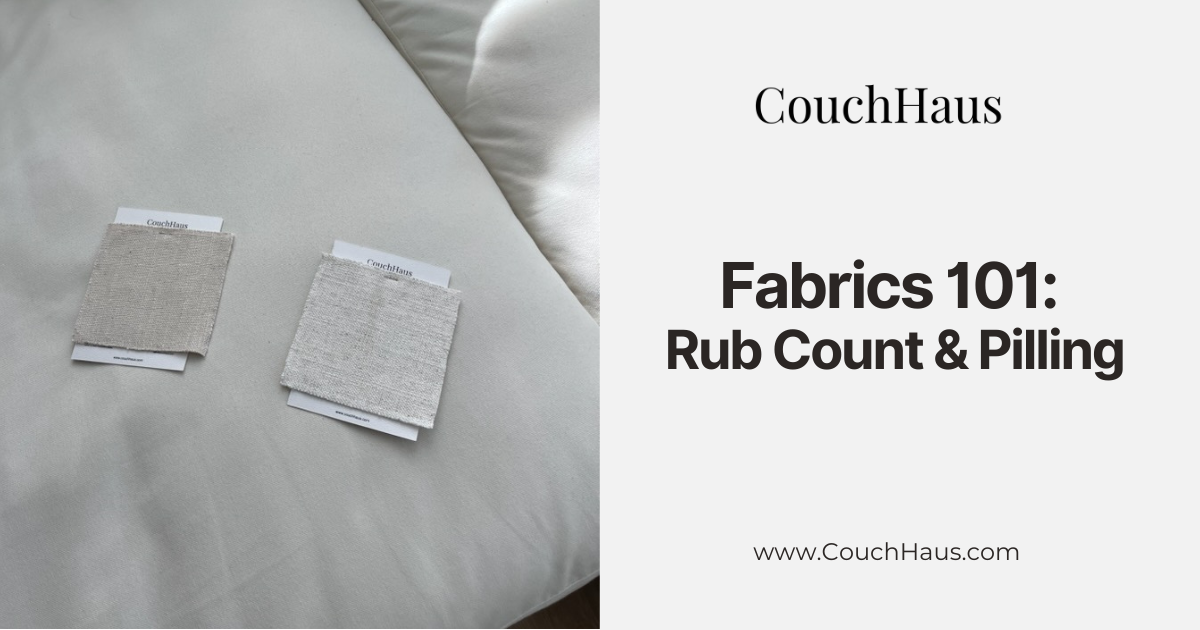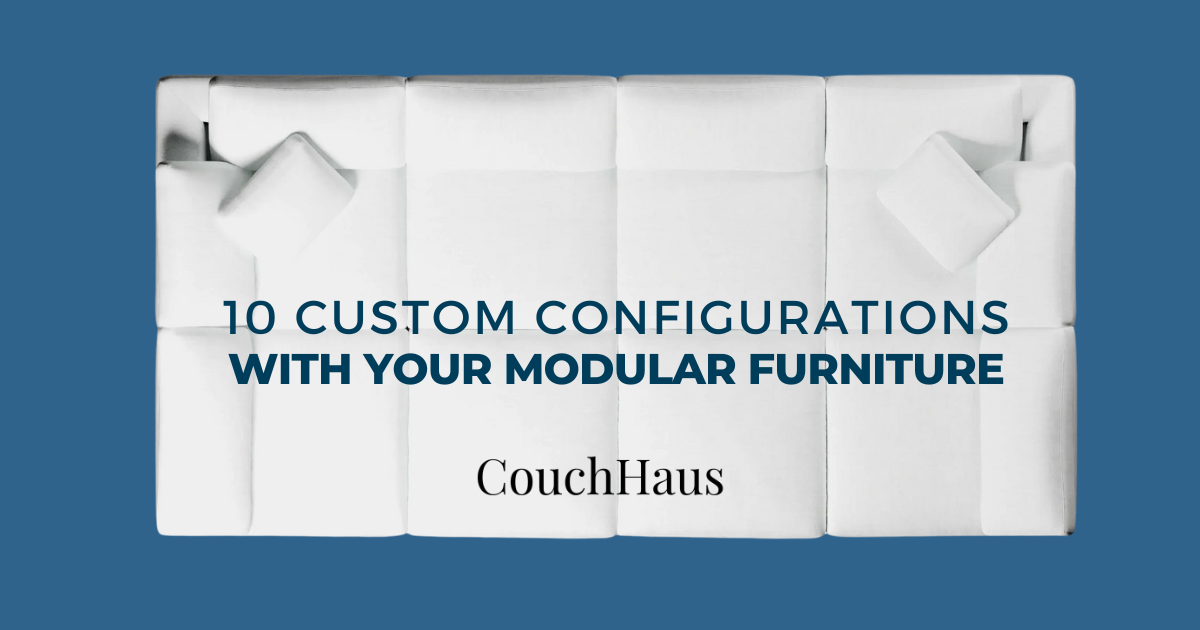Couches are an essential piece of furniture in every home. They provide comfort, style, and a place to relax. However, over time, the fabric on couches can start to show signs of wear and tear, including pilling. Pilling is the formation of small balls of fabric on the surface of the couch, and it can make the couch look old and worn. In this blog post, we will explain why fabrics on couches pill and what rub counts are.
What Causes Pilling on Couch Fabrics?
Pilling on couch fabrics is a common issue, and it is caused by friction. The friction between the fabric and other surfaces, such as clothing, pets, or even just moving around on the couch, causes the fibers in the fabric to break down and form small balls of fabric. Pilling can occur on any type of fabric, but it is most common on synthetic fabrics, such as polyester and acrylic.
How to Prevent Pilling on Couch Fabrics
The best way to prevent pilling on couch fabrics is to minimize friction. Here are a few tips to help keep your couch fabric looking new and fresh:
- Use throw pillows and blankets: Adding throw pillows and blankets to your couch can help to distribute the friction and reduce the chances of pilling.
- Vacuum regularly: Regular vacuuming can help to remove any loose fibers and reduce the friction between the fabric and other surfaces (read this blog about how to clean a couch).
- Avoid abrasive materials: Avoid placing abrasive materials, such as sharp objects or rough surfaces, on your couch. This can increase the friction and cause pilling.
- Consider the type of fabric: When choosing a fabric for your couch, consider the type of fabric and its durability. Synthetic fabrics are more prone to pilling than natural fibers, such as cotton or linen. Check out our Fabric Guide and order swatches here!
What are Rub Counts?
Rub counts are a measure of the durability of fabric. The rub count is the number of cycles of friction that a fabric can withstand before showing signs of wear. The higher the rub count, the more durable the fabric. Rub counts are usually measured using a machine that simulates friction, and the results are expressed in cycles.
For example, a fabric with a rub count of 30,000 means that it can withstand 30,000 cycles of friction before showing signs of wear. Typically in a household wil have about 3,000 rubs per year. So a 30,000 rub count will have 10 years of wear. Did you know all CouchHaus fabrics starts at 30,000 rub count?
Here is a helpful breakdown:
- > 10,000: Fabric is suitable for decorative use such as cushions
- 10,000 - 15,000: Fabric is suitable for light occasional domestic use items
- 15,000 - 25,000: Fabric is suitable for general everyday domestic use on main household furniture
- 25,000 - 35,000: Fabric is suitable for high levels of everyday use
- < 30,000: Fabric is suitable for use on heavy duty furniture suitable for commercial environment
How to Choose a Fabric with a High Rub Count
When choosing a fabric for your couch, it is important to consider the rub count. A fabric with a high rub count will be more durable and resistant to pilling. Here are a few tips to help you choose a fabric with a high rub count:
- Look for a high rub count: When shopping for a fabric, look for a high rub count. A rub count of at least 15,000 is considered good for a couch, but the higher the rub count, the better.
- Consider the type of fabric: Natural fibers, such as cotton and linen, tend to have lower rub counts than synthetic fibers, such as polyester and nylon. If you are looking for a fabric that is durable and resistant to pilling, consider a synthetic fiber with a high rub count.
- Check the manufacturer’s specifications: The manufacturer should provide information on the rub count of the fabric. If this information is not available, consider choosing a different fabric.
Pilling on couch fabrics is a common issue, but it can be prevented by minimizing friction and choosing a fabric with a high rub count. By following the tips outlined in this blog post, you can keep your couch last longer to enjoy for the years to come.
Check out our Fabric Guide to learn more about our custom fabric options.






